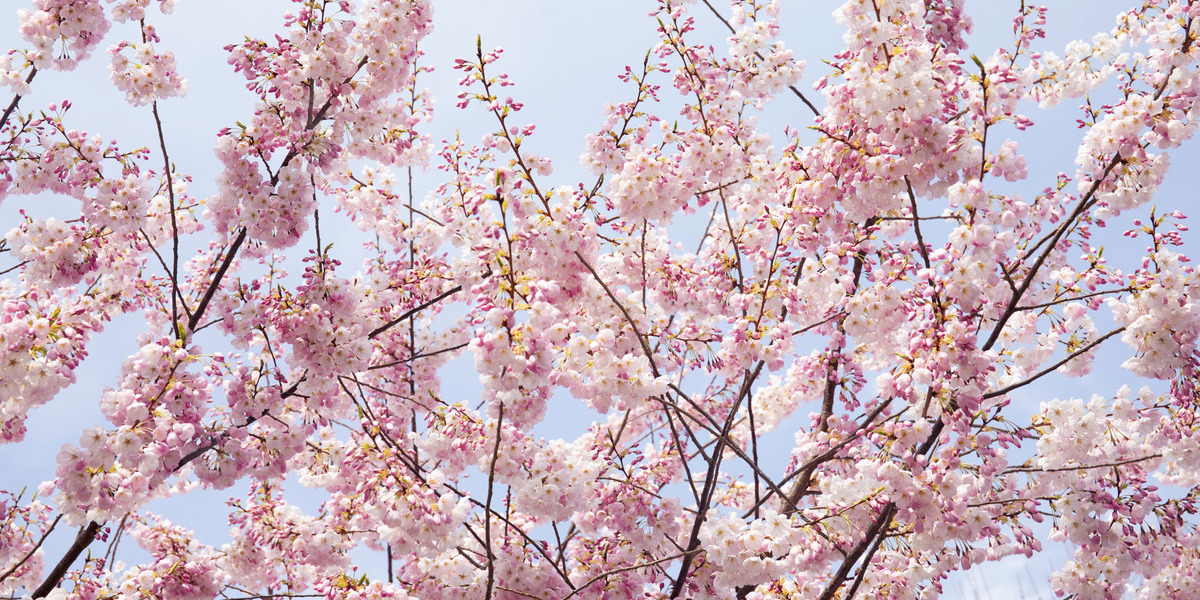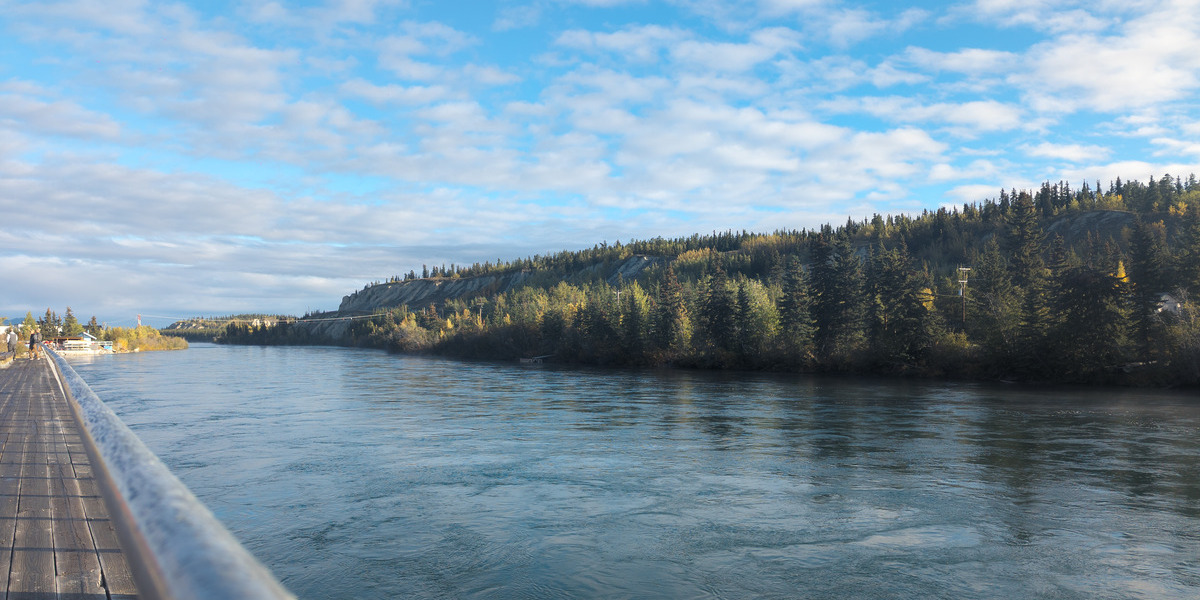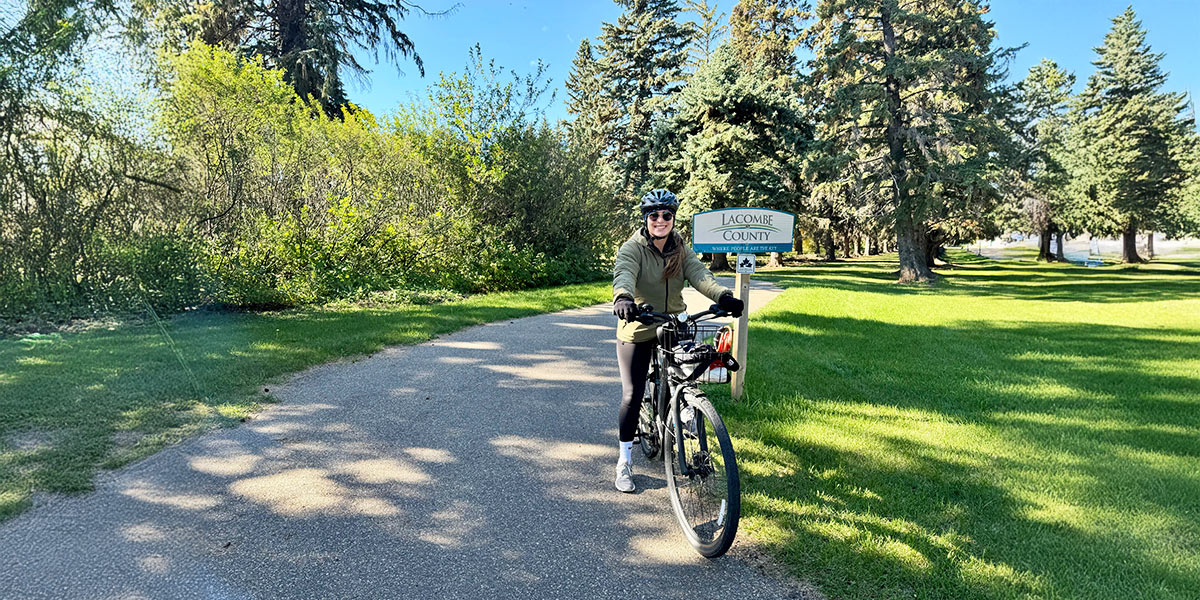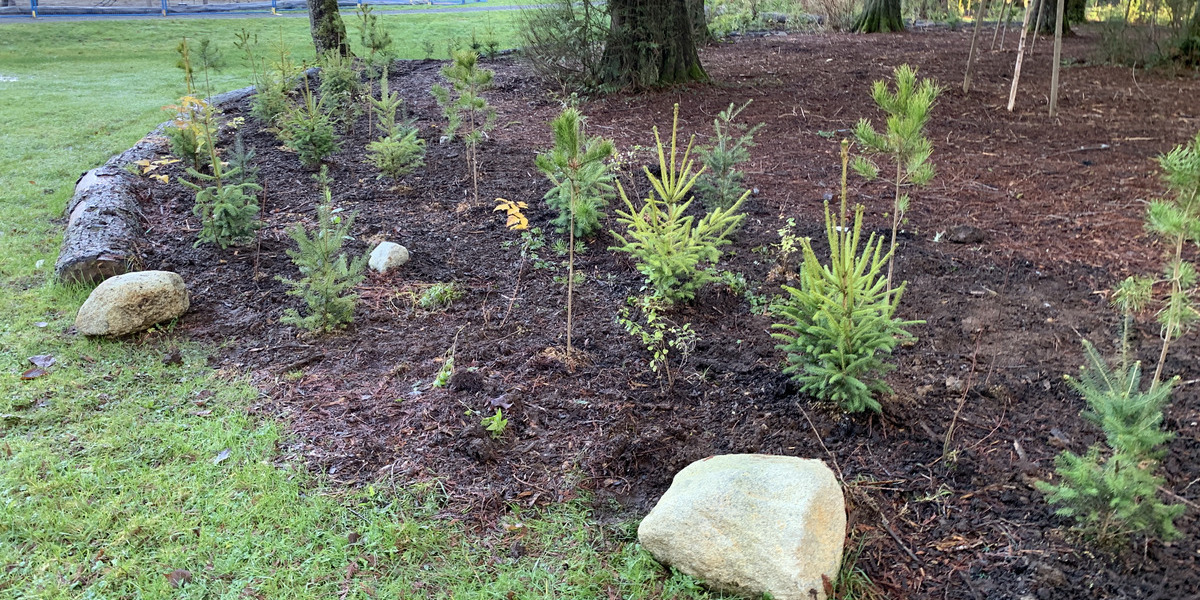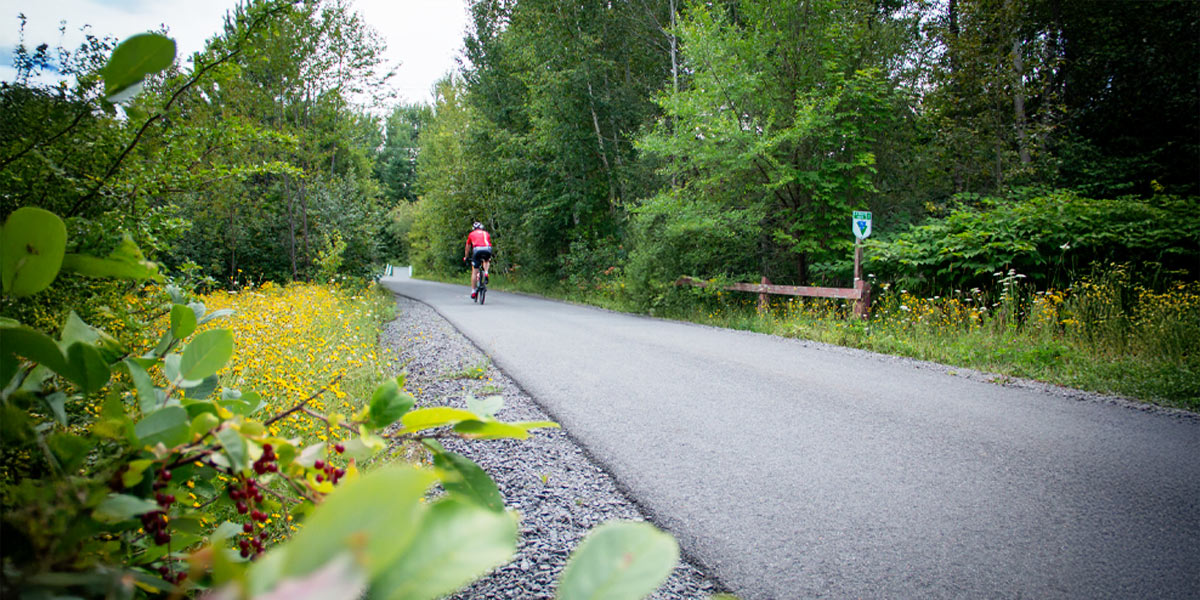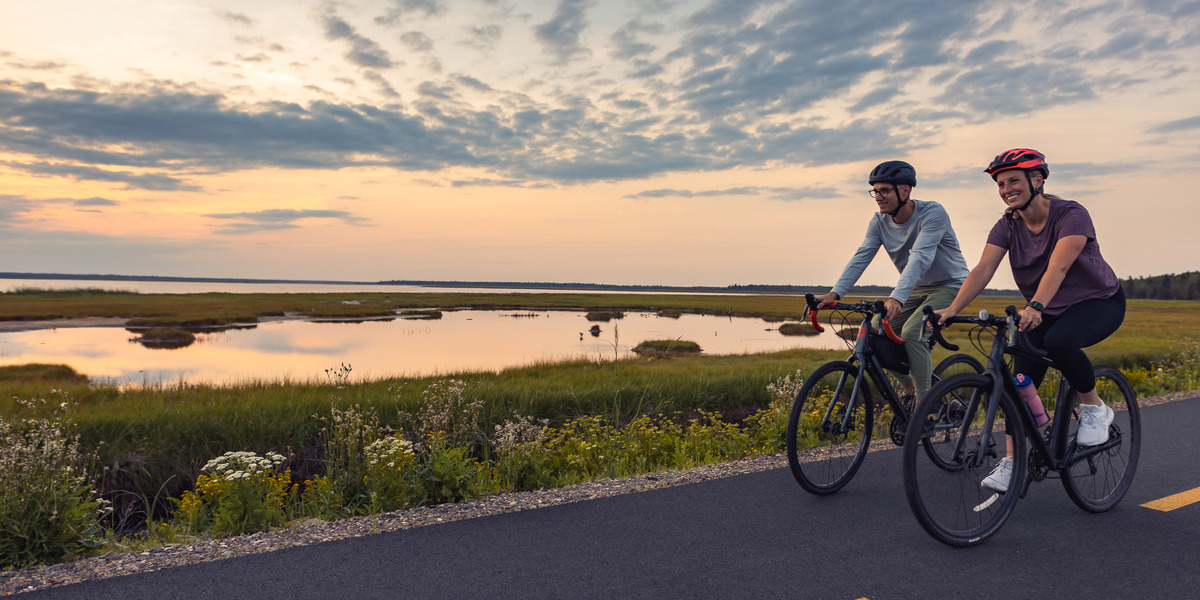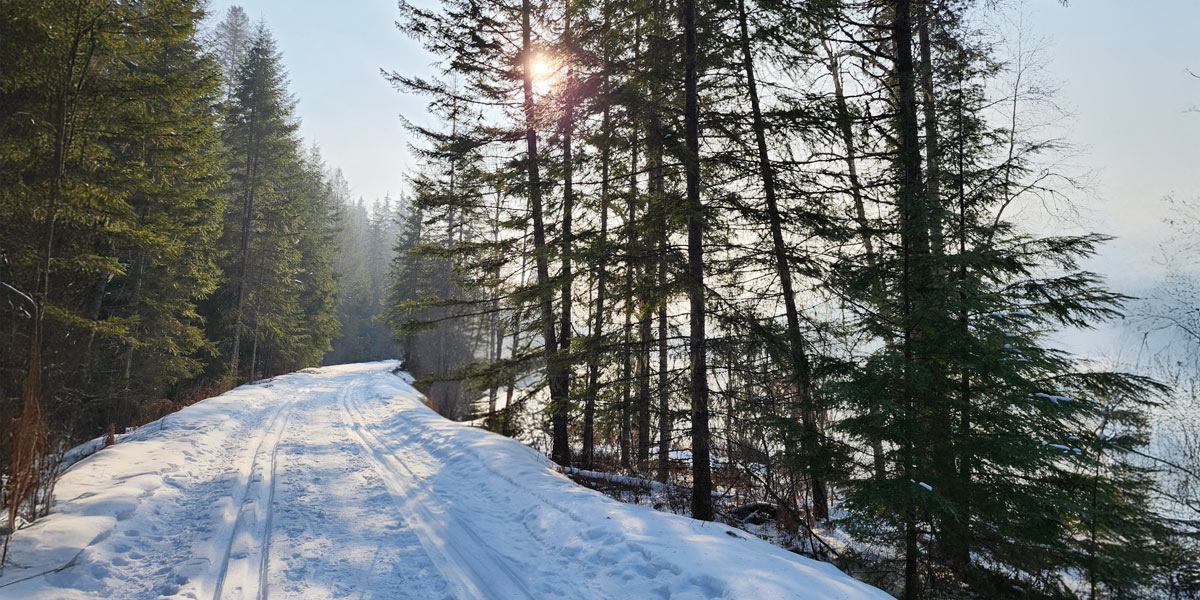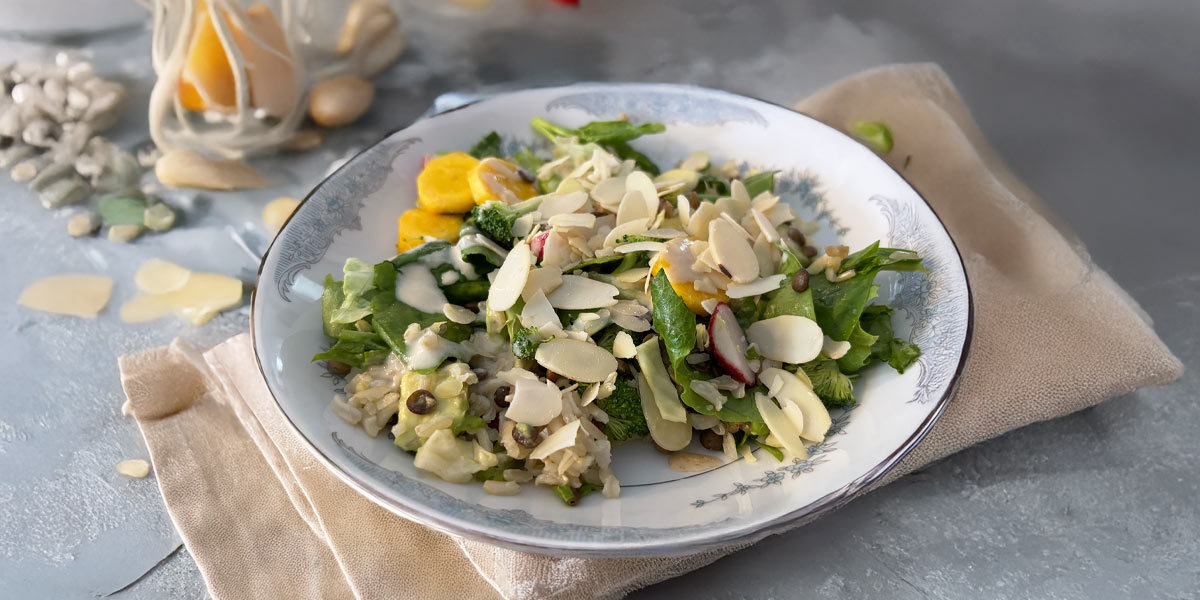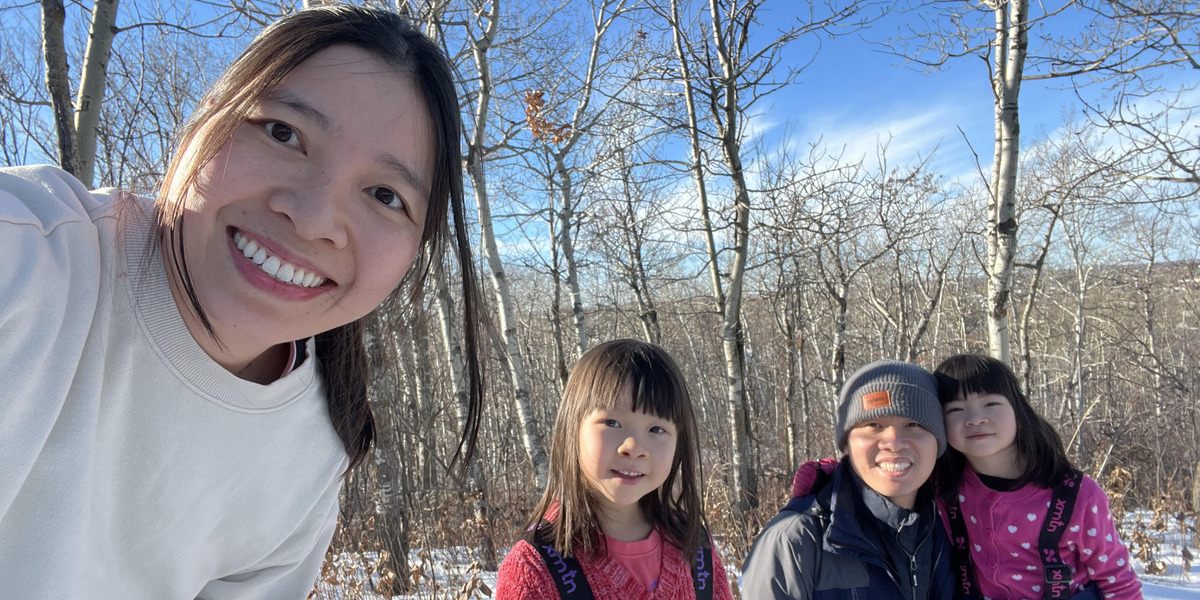Jacqueline’s Trans Canada Trail: Winter Called Me into the Woods
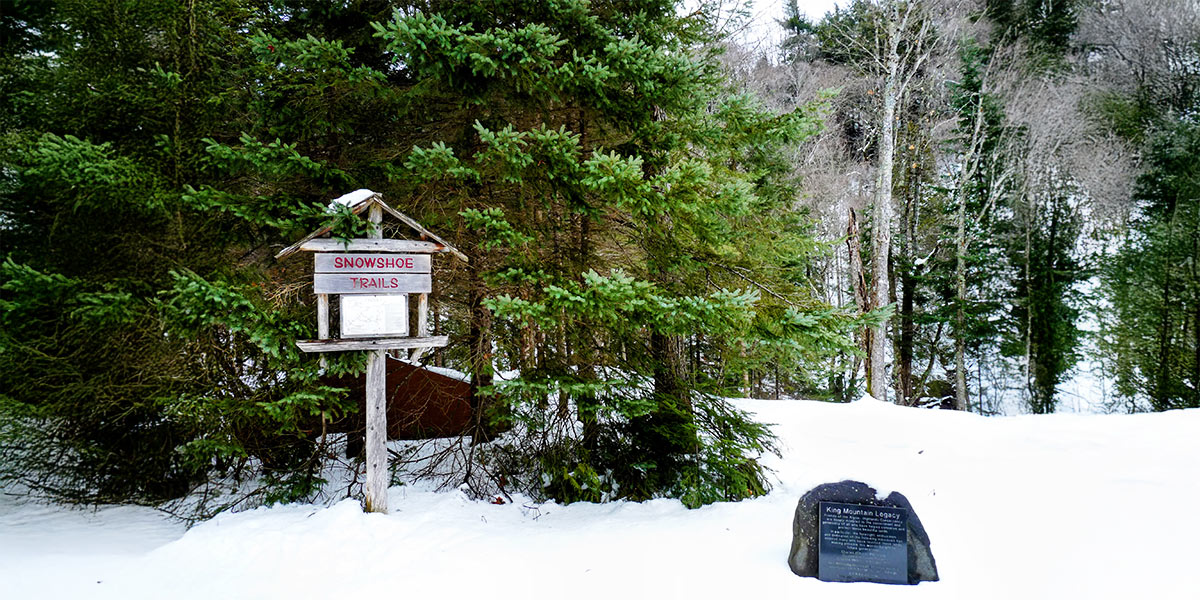
In the winter of my life, I headed for the woods. Snow crunched under my feet, icicles dangled from the trees. I and a septet of buddies from the outdoor club glided along the cross-country ski trails at Stokely Creek Lodge, north of Sault Ste. Marie. Sunlight won over shadows.
Two white-tailed deer ambled along, refusing to even pause. They threw us a glance — at once powerful and dismissive — as if to say, “If you’re looking for reindeer, you’re in the wrong place. They don’t live here. We do, and we don’t pull sleighs.”
Saying yes to the cold
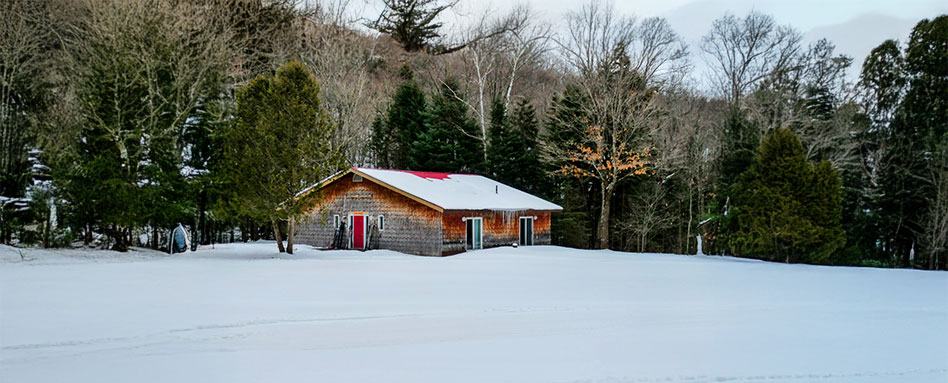
The path curved down to the stream, frozen at the surface by winter’s embrace. We listened for a while, as the water sang under the cold, crystalline blanket. There was a flutter in the trees, and a pair of cardinals flashed red as they flew by. On we skied, passing where the Trans Canada Trail meets the Voyageur Trail.
We should turn back, I thought, over an hour later. My nose and lips trembled with cold, my breath lingered in the air. But still we continued down the wilderness path, my skis skimming the snow.
Down, up, down, for another two hours, and then around the bend where the trail forked. Go left or go right, it did not matter, as both would lead us home. Back to the fireplace, back to lunch and laughter in the warming hut.
Birders and fur traders in winter

We were on our biannual winter trip to Sault Ste. Marie. After an eight-hour drive from Toronto, we’d arrived in the northern Ontario city. The next day I took a break from the cross-country skiing. Pairing up with another birdwatcher, we spent the day downtown, along the waterfront of the St. Mary River. Rafts of hundreds of birds — Mallard Ducks, Canada Geese and Hooded Mergansers — drifted among the ice blocks and sheets in the water. We swapped stories with the other birders hanging out with binoculars on a frigid day. The hours melted away as we were seduced by the world of flight and feathers.
We strolled by Soo Locks and the Art Gallery of Algoma, following the City of Sault Ste. Marie riverside section of the Trans Canada Trail. I thought about Jean and Marie Jeanne Bonga and their family. They were fur traders in the Sault Ste. Marie area, in the mid-1700s, on both sides of the Canada-USA border. Bungo Township in Minnesota is named after the family. The Bongas were not the only Black Canadians or Afro-Indigenous people in the fur trade. From Montreal to Manitoba, the family travelled this vast land, by canoe in the summer and snowshoes in the winter.
Then we doubled back in the other direction towards the grounds of the Shingwauk Indian Residential School, which is now a National Historic Site of Canada. The school opened in 1873. A hundred years of school stories are buried in its grounds.
Sault Ste. Marie is still a gathering place for Indigenous nations from around the Great Lakes. Its ancient name is Batwating, meaning the place of the rapids. We saw these rapids near the Soo Locks.
Snow dreams
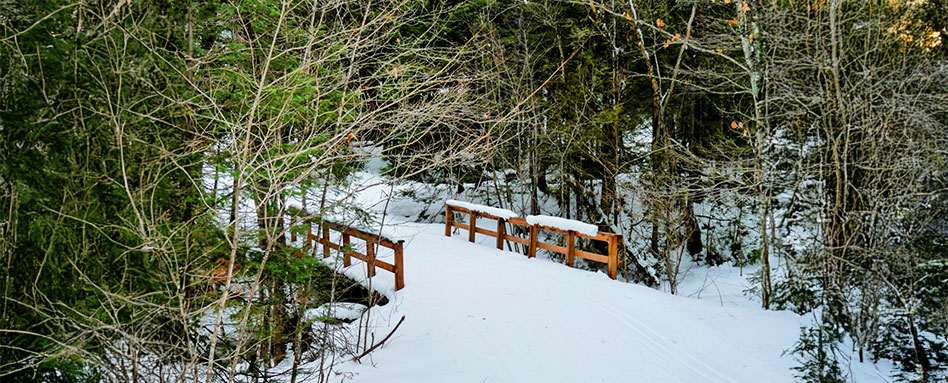
Fresh snow dusted the land during the night. The next day, back on the trails at Stokely Creek, a dozen of us headed up the snowshoe track to the lookout at King Mountain. Halfway there, the group split into two. Huffing and puffing, I went with those slowly meandering back down hill, to Beaver Falls and pond in the valley. The view from the mountain top would have to wait for another day, or another season. The temperature was rising in the bright sunlight, making the snow soft and sticky. It was pretty for the eyes but not so great for snowshoeing.
In the ravine, clumps of snow were wrapped like cotton wool on tree branches. Some snow fell on our heads as we brushed by the cedars and pines. They are the trees of life, still evergreen in the season of ice and snow. Their scent sent me into daydreams about snow adventures. We passed frozen waterfalls and ice caves begging to be explored. Even after falling — once from daydreaming and twice from tiredness — I could not shake my glee of being outside in fresh air and fresh snow.
Winter calls me. For it, too, is home.
Jacqueline L. Scott is a scholar, writer and activist on race and nature. She has her PhD at the University of Toronto. Her thesis is called Black outdoors: The perception of the wilderness in the Canadian imagination. Follow her on her blog and on Instagram @Blackoutdoors1.
All photographs are by Jacqueline L. Scott.


